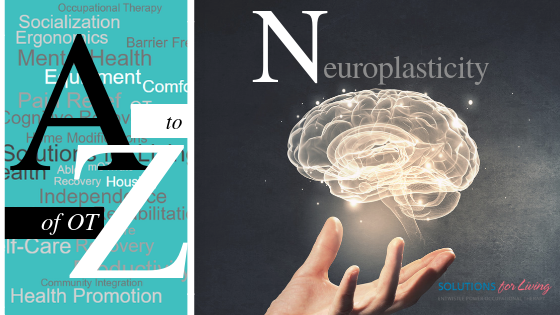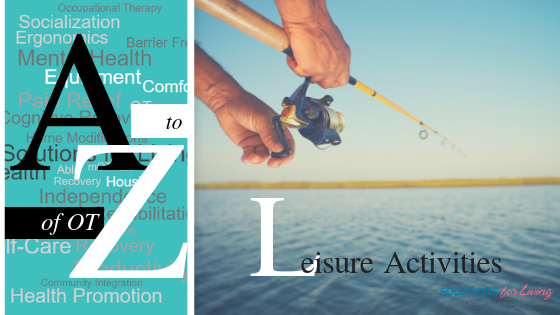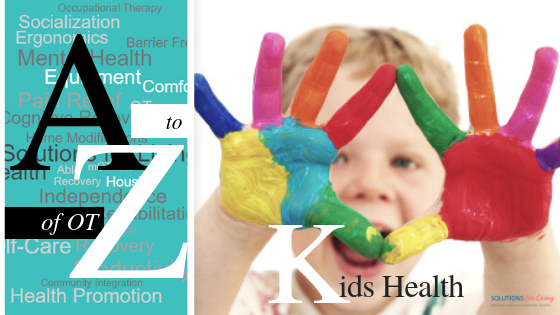Pain is a common occurrence following an injury, illness, or traumatic event like a motor vehicle accident. While pain does play an important role in alerting us to potential dangers, injury, or an impending problem, it can also become a significant barrier to function as it can often continue long after the dangerous situation resolves.
Whether this pain is primarily physical or emotional, visible or invisible, it is important to remember that the pain experience is real and can be debilitating. Occupational therapists are qualified to identify the psychological, cognitive and physical needs of the individual and to provide treatment to improve function in daily activities. With appropriate treatment, pain and daily function can improve, helping the individual participate in meaningful activities and to regain or maintain their sense of self.
Learn more about chronic pain and the role of occupational therapy in our previous post, Chronic Pain a Problem? Try OT.
October is Occupational Therapy Month and to celebrate we will be sharing a new series called the A to Z of OT. In our attempts to further educate the public about what Occupational Therapists do we will be highlighting twenty-six of the awesome ways OTs provide Solutions for Living.
We encourage you to follow along and to add to the discussion by highlighting other awesome things OTs help with for each corresponding letter!










